
20 Key Financial Ratios InvestingAnswers
Key Takeaways. Improving accounts receivables turnover enhances cash flow by expediting the conversion of credit sales into cash. Swift collection of outstanding payments reduces the time funds are tied up in unpaid invoices. This accelerated cash inflow allows for timely reinvestment or debt reduction, potentially lowering interest expenses.
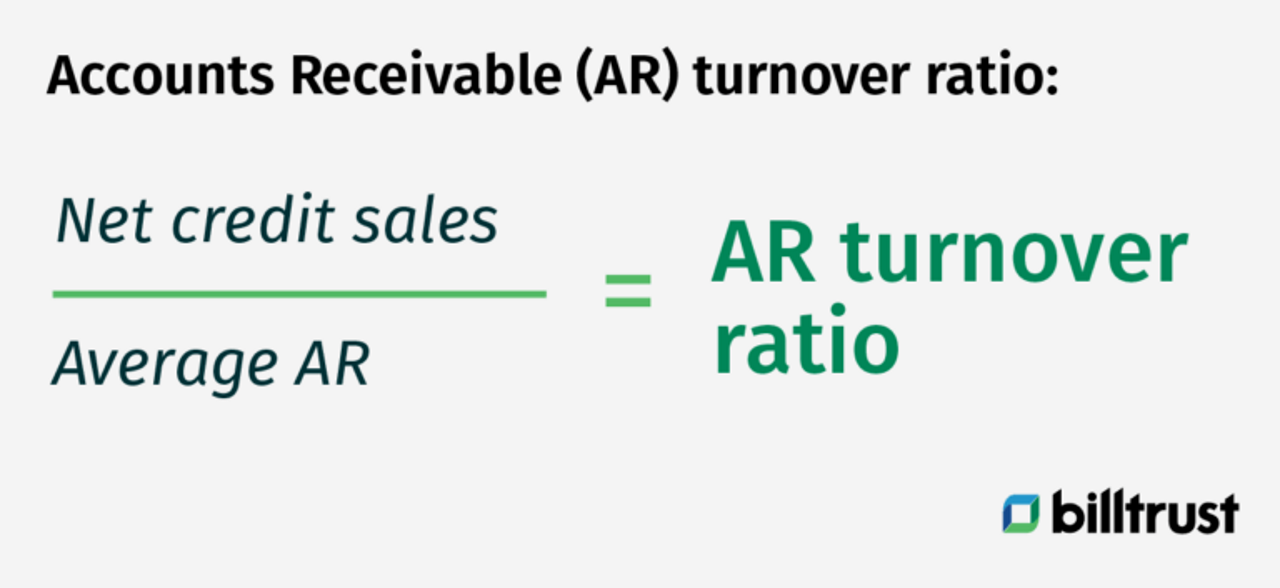
Accounts receivable turnover ratio What you need to know Billtrust
Accounts Receivable Turnover Explained. The accounts receivable turnover or debtor's turnover ratio is a measure of maintaining accounts which clarifies an organization's efficiency in providing debt and collecting those debts. In general terms, 7.8 is considered a good accounts receivable turnover ratio.

𝐀𝐜𝐜𝐨𝐮𝐧𝐭 𝐑𝐞𝐜𝐞𝐢𝐯𝐚𝐛𝐥𝐞 𝐓𝐮𝐫𝐧𝐨𝐯𝐞𝐫 𝐅𝐨𝐫𝐦𝐮𝐥𝐚 𝐒𝐭𝐞𝐩 𝐛𝐲 𝐒𝐭𝐞𝐩 𝐂𝐚𝐥𝐜𝐮𝐥𝐚𝐭𝐢𝐨𝐧 Accounting Drive
Accounts Receivable Turnover Ratio = $100,000 - $10,000 / ($10,000 + $15,000)/2 = 7.2 . In financial modeling, the accounts receivable turnover ratio is used to make balance sheet forecasts. The AR balance is based on the average number of days in which revenue will be received. Revenue in each period is multiplied by the turnover days and.

What is Accounts Receivable Turnover Ratio HighRadius
Accounts receivable turnover is the number of times per year that a business collects its average accounts receivable. The ratio is used to evaluate the ability of a company to efficiently issue credit to its customers and collect funds from them in a timely manner. It is one of the most important measures of collection efficiency.

Receivables Turnover Formula and Ratio Calculation
Receivables Turnover Ratio: The receivables turnover ratio is an accounting measure used to quantify a firm's effectiveness in extending credit and in collecting debts on that credit. The.
:max_bytes(150000):strip_icc()/receivableturnoverratio-8f6c3aac6494463a8e6cdd011e236fbe.jpg)
Receivables Turnover Ratio Defined Formula, Importance, Examples, Limitations
The accounts receivable turnover ratio, also known as the debtors turnover ratio, indicates the effectiveness of a company's credit control system. Much like the inventory turnover ratio, the accounts receivable turnover ratio shows how many times debtors are extended credit that they fully repay each year. It is calculated as shown below.
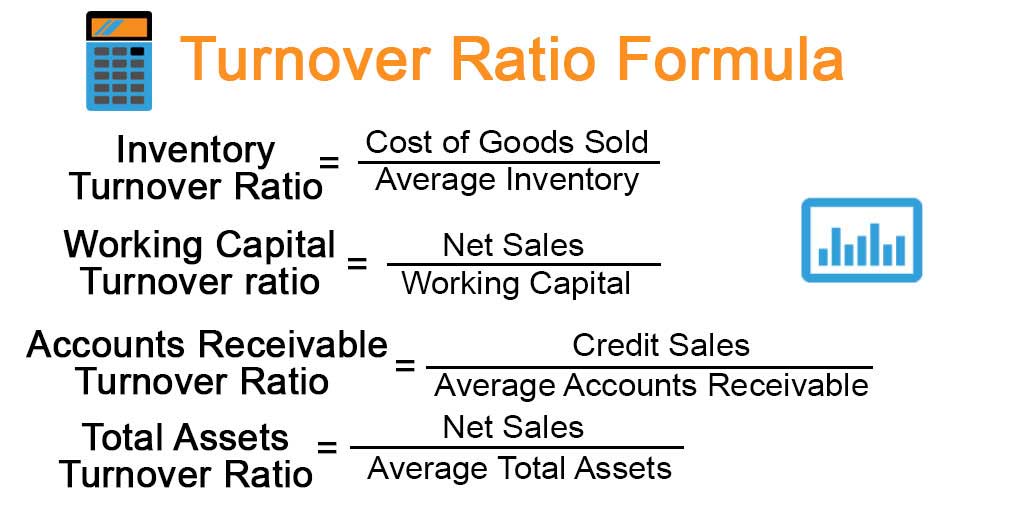
Turnover Ratio Formula Example with Excel Template
Table of Contents. The accounts receivable turnover ratio is a simple metric that is used to measure how effective a business is at collecting debt and extending credit. It is calculated by dividing net credit sales by average accounts receivable. The higher the ratio, the better the business is at managing customer credit.

Receivable Turnover Ratio Definition, and Formula Finance Strategists
Net credit sales equals gross credit sales minus returns (75,000 - 25,000 = 50,000). Average accounts receivable can be calculated by averaging beginning and ending accounts receivable balances ( (10,000 + 20,000) / 2 = 15,000). Finally, Bill's accounts receivable turnover ratio for the year can be like this. As you can see, Bill's.

Understanding Accounts Receivables Turnover Ratio
The receivable turnover ratio is used to measure the financial performance and efficiency of accounts receivables management. This metric helps companies assess their credit policy as well as its process for collecting debts from customers. The higher this number, the better it is because that means a faster collection of accounts receivables.
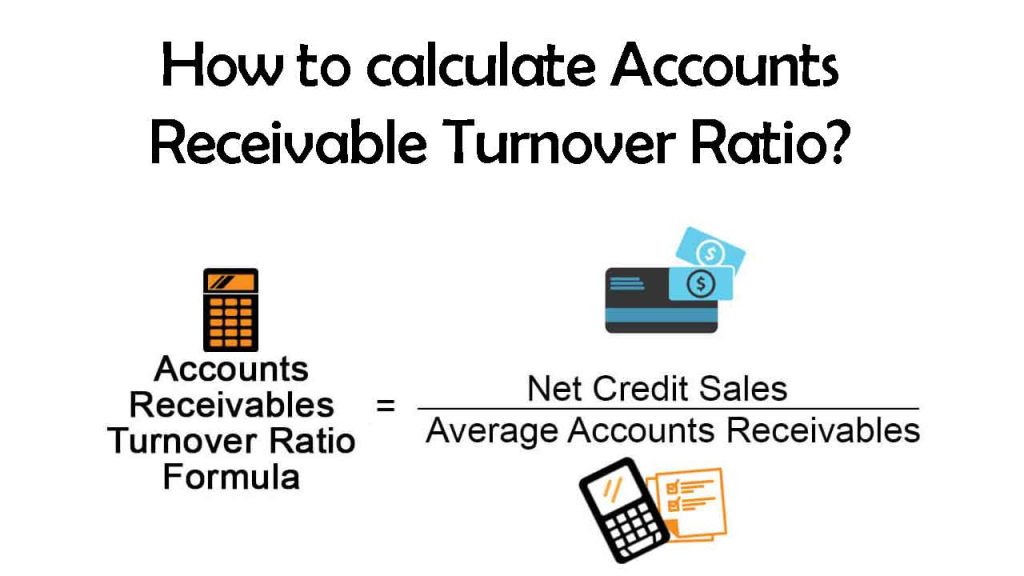
How to calculate Accounts Receivable Turnover Ratio? Sharda Associates
Accounts Receivable Turnover Ratio = $100,000 - $10,000 / ($10,000 + $15,000)/2 = 7.2 . In financial modelling, the accounts receivable turnover ratio is used to make balance sheet forecasts. The AR balance is based on the average number of days in which revenue will be received. Revenue in each period is multiplied by the turnover days and.
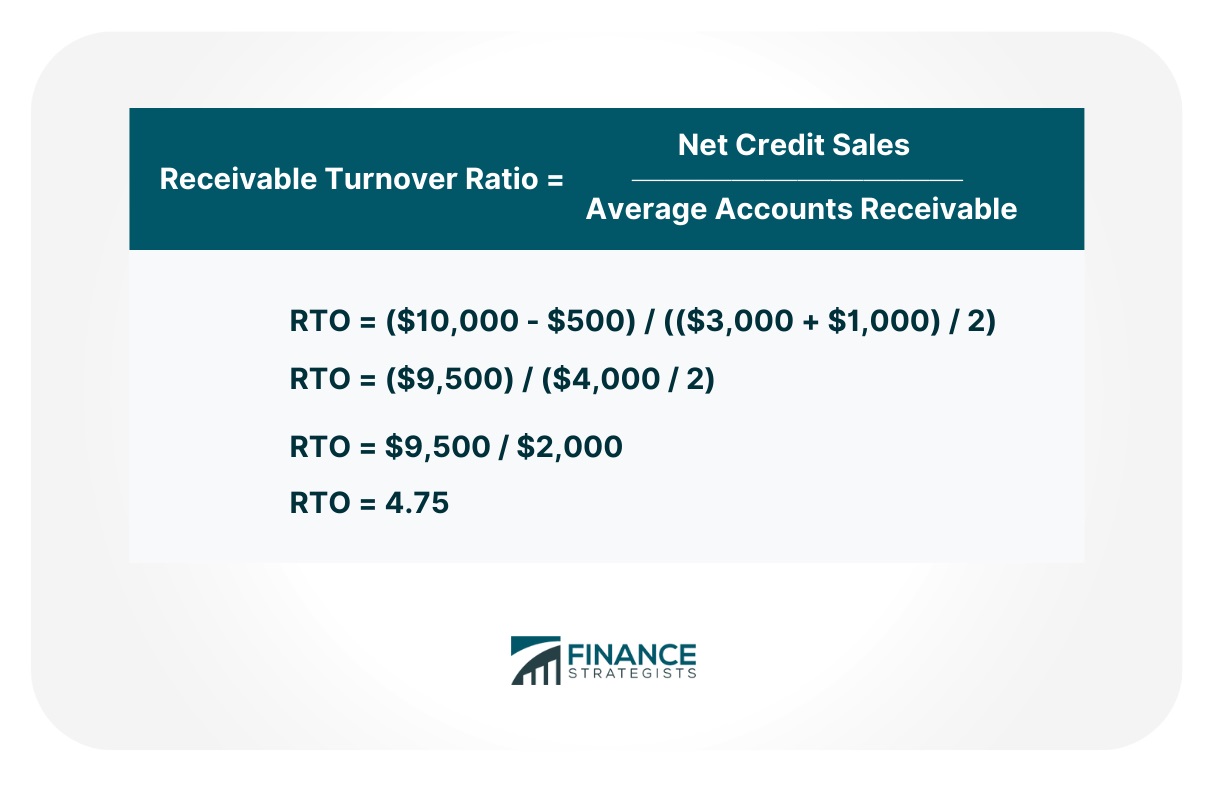
Receivable Turnover Ratio Definition, and Formula Finance Strategists
The accounts receivable turnover ratio, or debtor's turnover ratio, measures how efficiently a company collects revenue. Your efficiency ratio is the average number of times that your company collects accounts receivable throughout the year. An average accounts receivable turnover ratio of 12 means that your company collects its receivables.
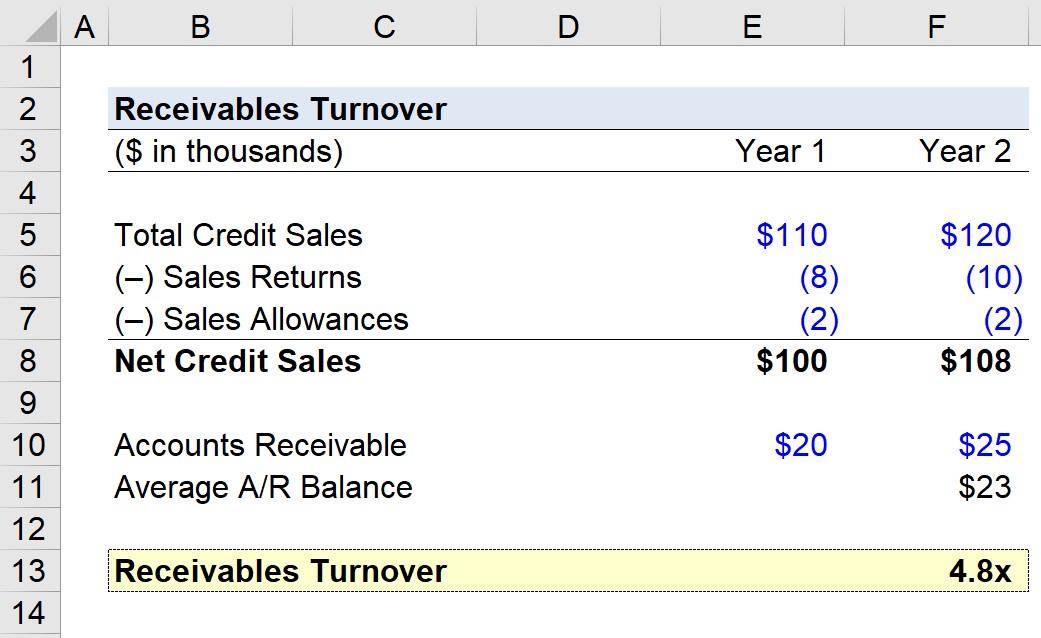
Receivables Turnover Formula and Ratio Calculation
Step 3: Divide. Once you have these two values, you'll be able to use the accounts receivable turnover ratio formula. You'll divide your net credit sales by your average accounts receivable to calculate your accounts receivable turnover ratio, or rate. As a reminder, this ratio helps you look at the effectiveness of your credit, as your net.

Accounts Receivable Turnover Ratio Formula, Calculation and Examples YouTube
Accounts receivable turnover ratio = (Net credit sales) / (Average accounts receivable) So, for Alpha Lumber: Accounts receivable ratio = $400,000 / $35,000 = 11.43. To determine the average number of days it took to get invoices paid, you must divide the number of days per year, 365, by the accounts receivable turnover ratio of 11.4.

Understanding Accounts Receivables Turnover Ratio
Jawaban : 1. Perhitungan Piutang Rata-rata. 2. Perhitungan Rasio Perputaran Piutang. Seperti kasus perhitungan diatas bisa Anda ketahui nilai rasio perputaran piutang (receivable turnover ratio) yaitu sebesar 8 kali. Baca Juga : Penjelasan Lengkap Return On Investment (ROI) dan Perhitungannya.
Receivables Turnover Ratio Defined Formula, Importance, Examples, Limitations
Average Accounts Receivable = ($20,000 + $25,000) / 2 = $22,500. 2. Receivables Turnover Ratio Calculation Example. Now for the final step, the net credit sales can be divided by the average accounts receivable to determine your company's accounts receivable turnover. Receivables Turnover Ratio = $108,000 ÷ $22,500 = 4.8x.
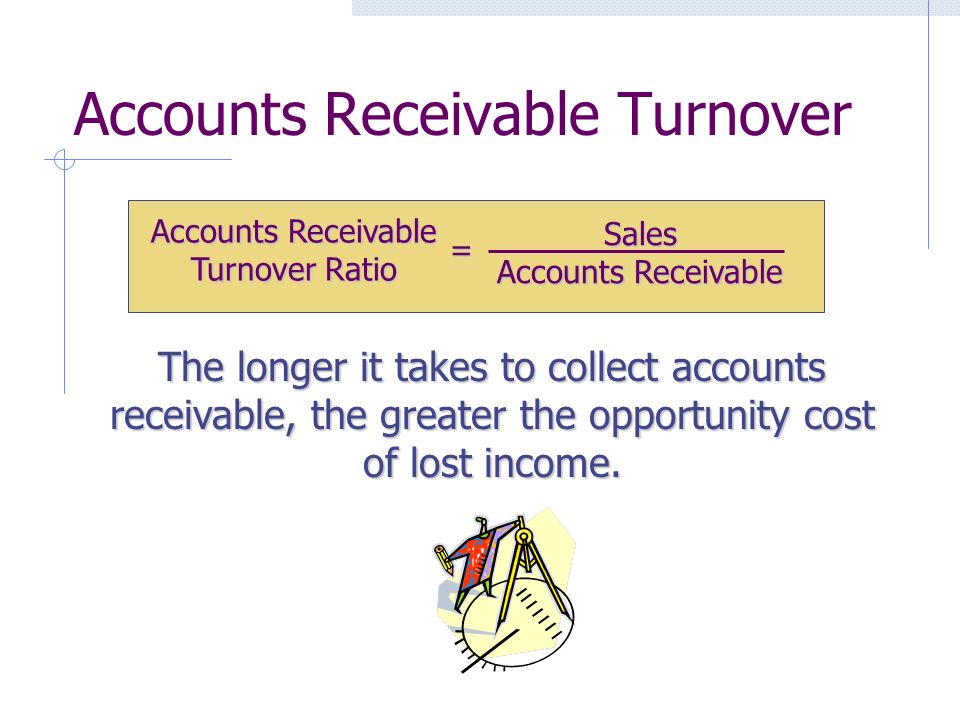
Accounts Receivable Turnover Get the allImportant Details Here!
Accounts Receivable Turnover Ratio = $100,000 - $10,000 / ($10,000 + $15,000)/2 = 7.2 . In financial modeling, the accounts receivable turnover ratio is used to make balance sheet forecasts. The AR balance is based on the average number of days in which revenue will be received. Revenue in each period is multiplied by the turnover days and.